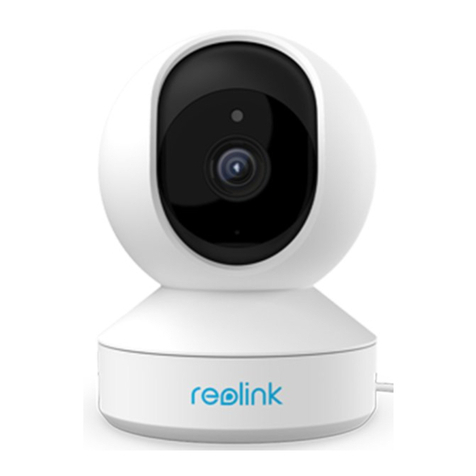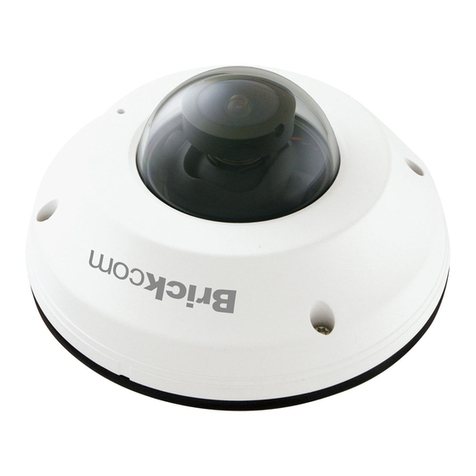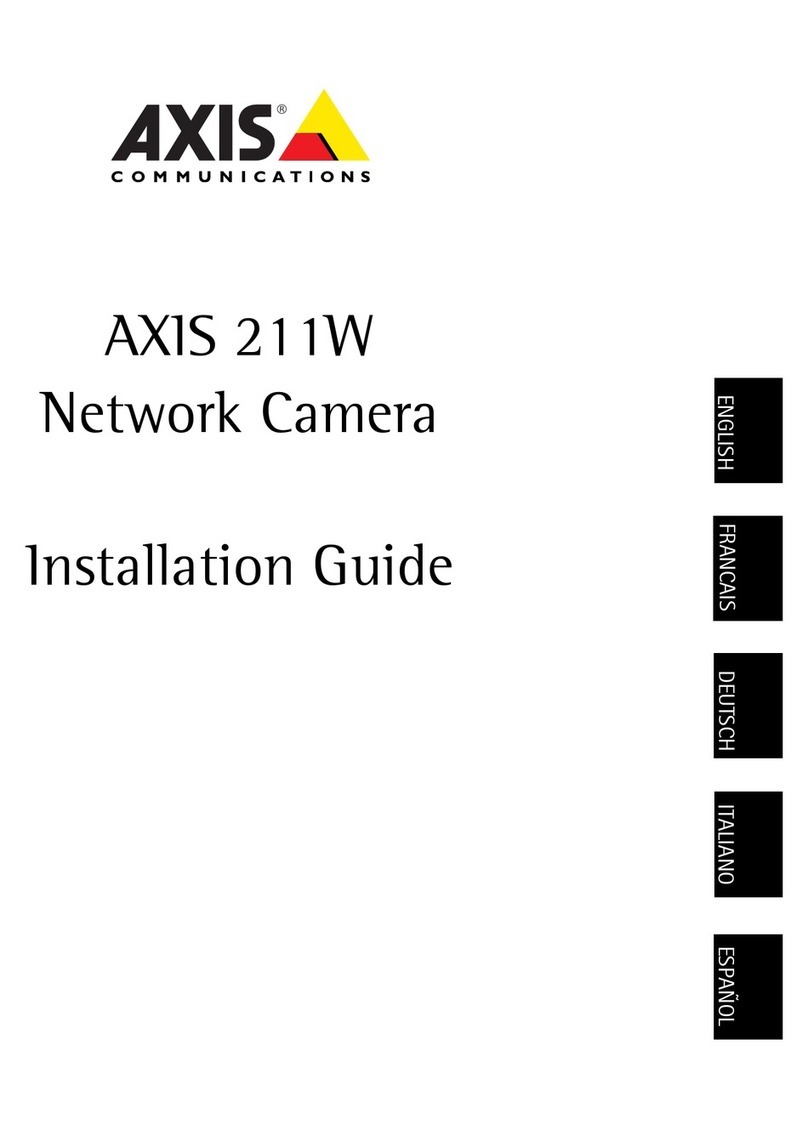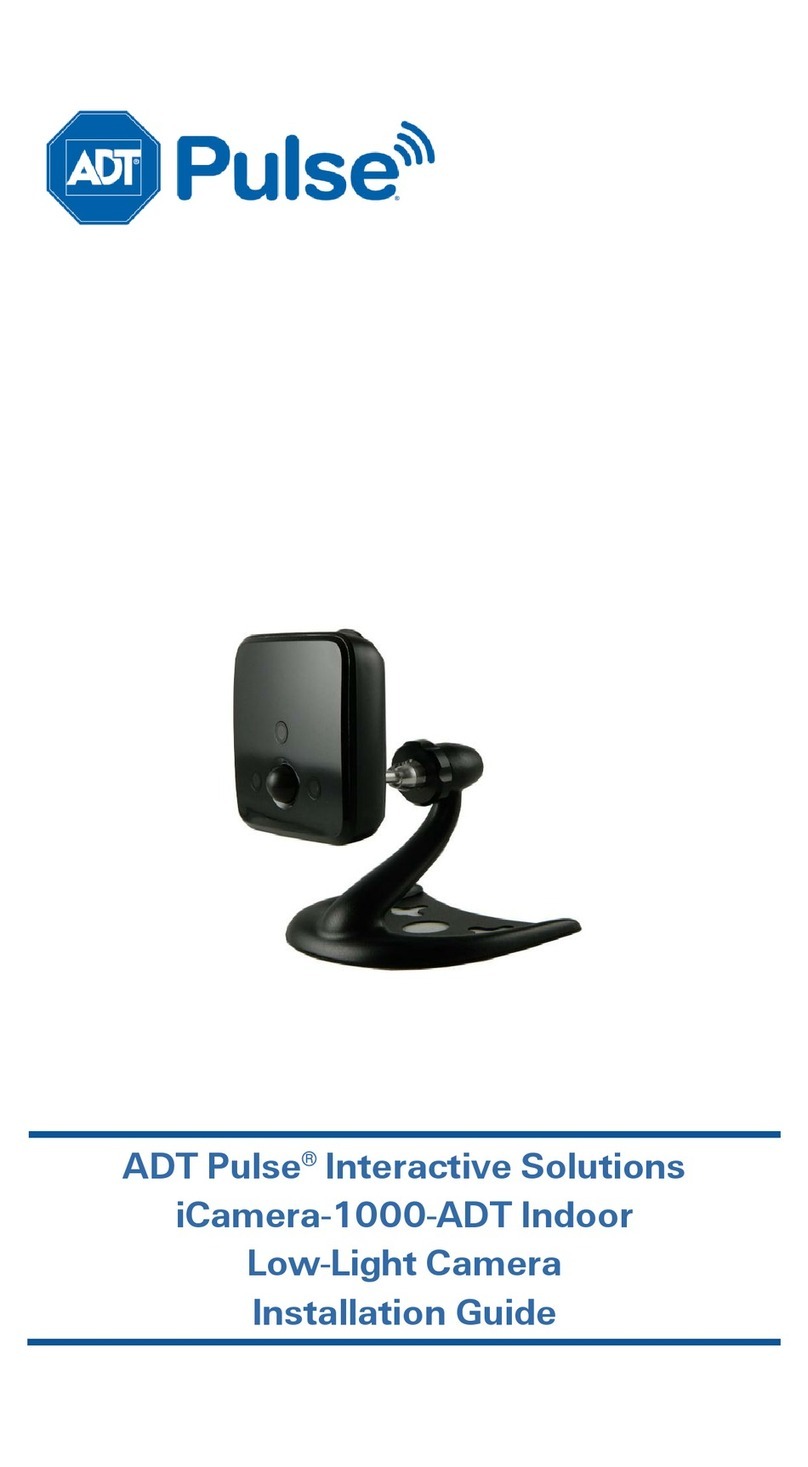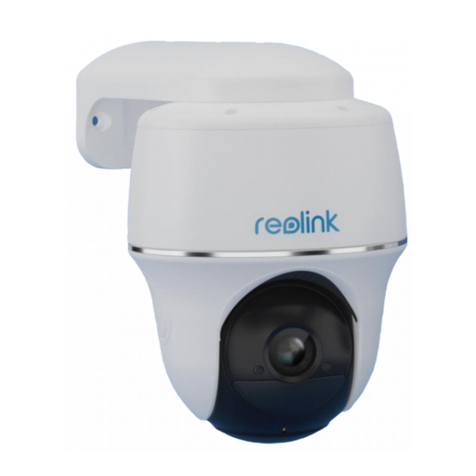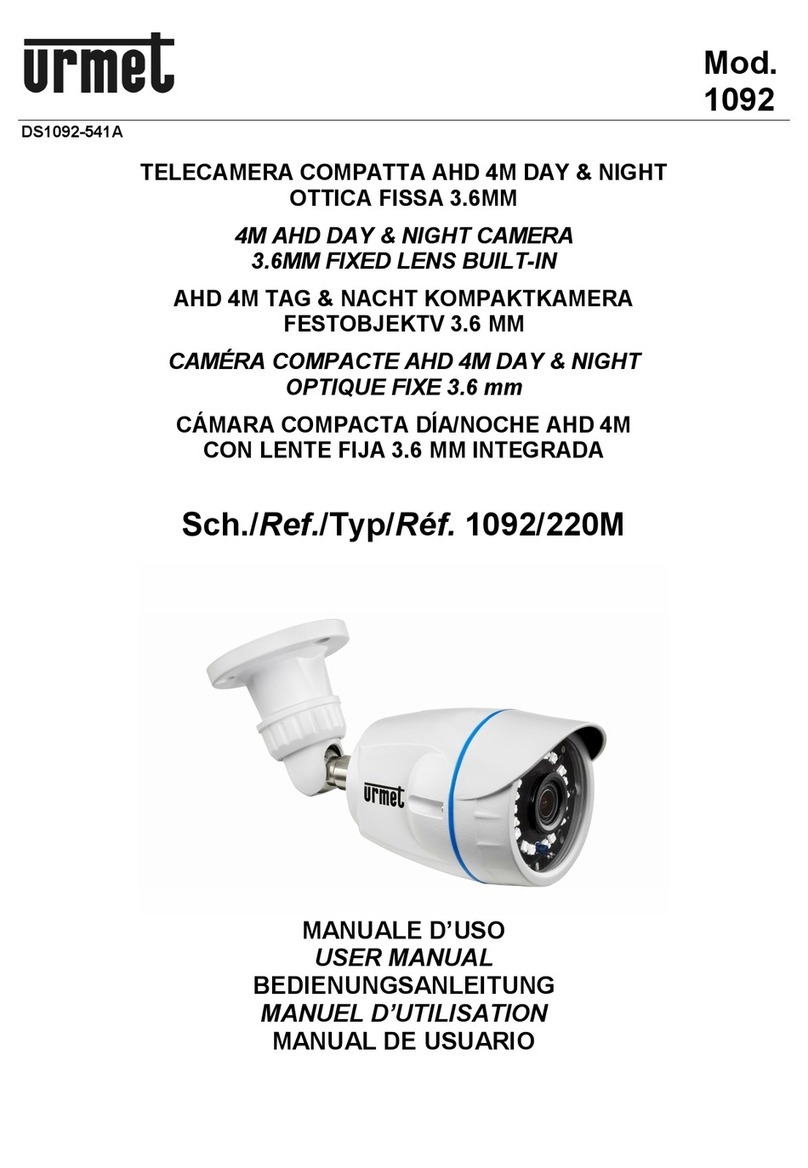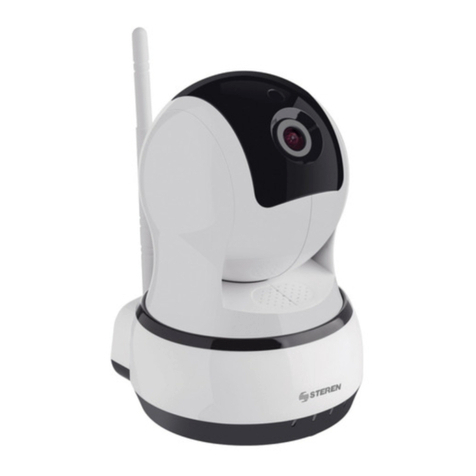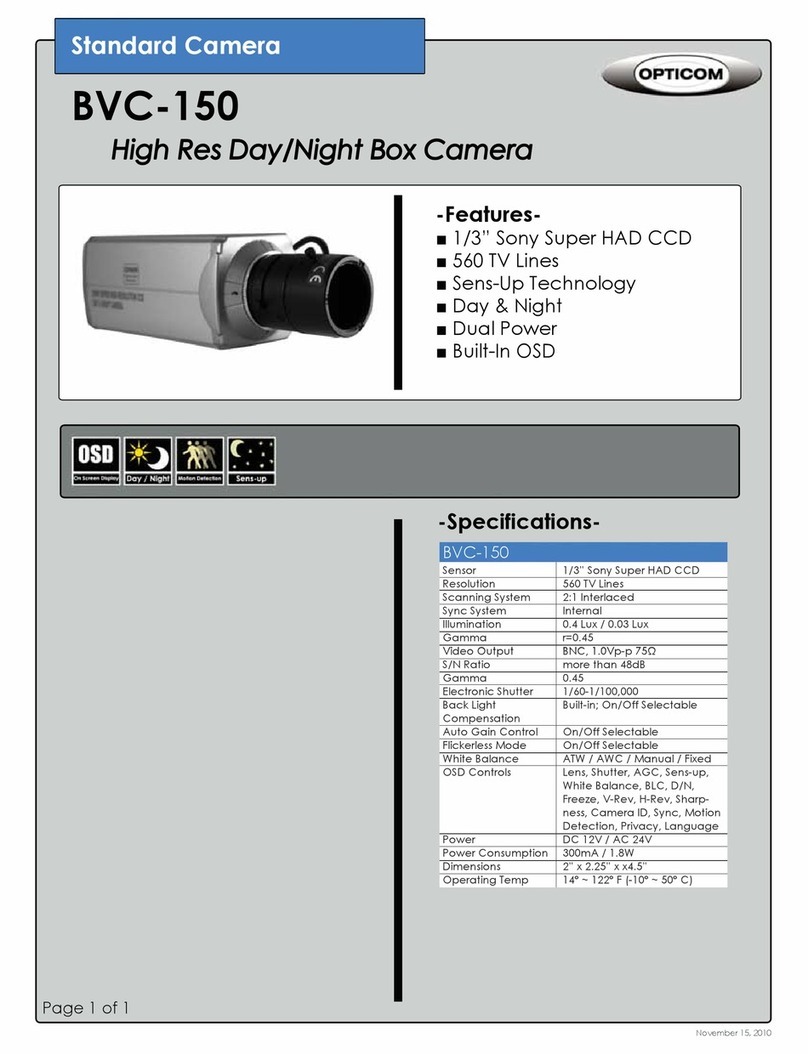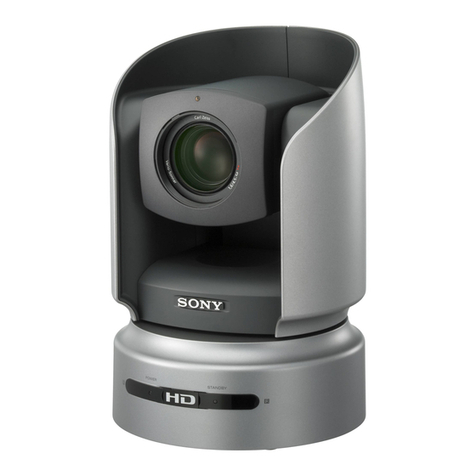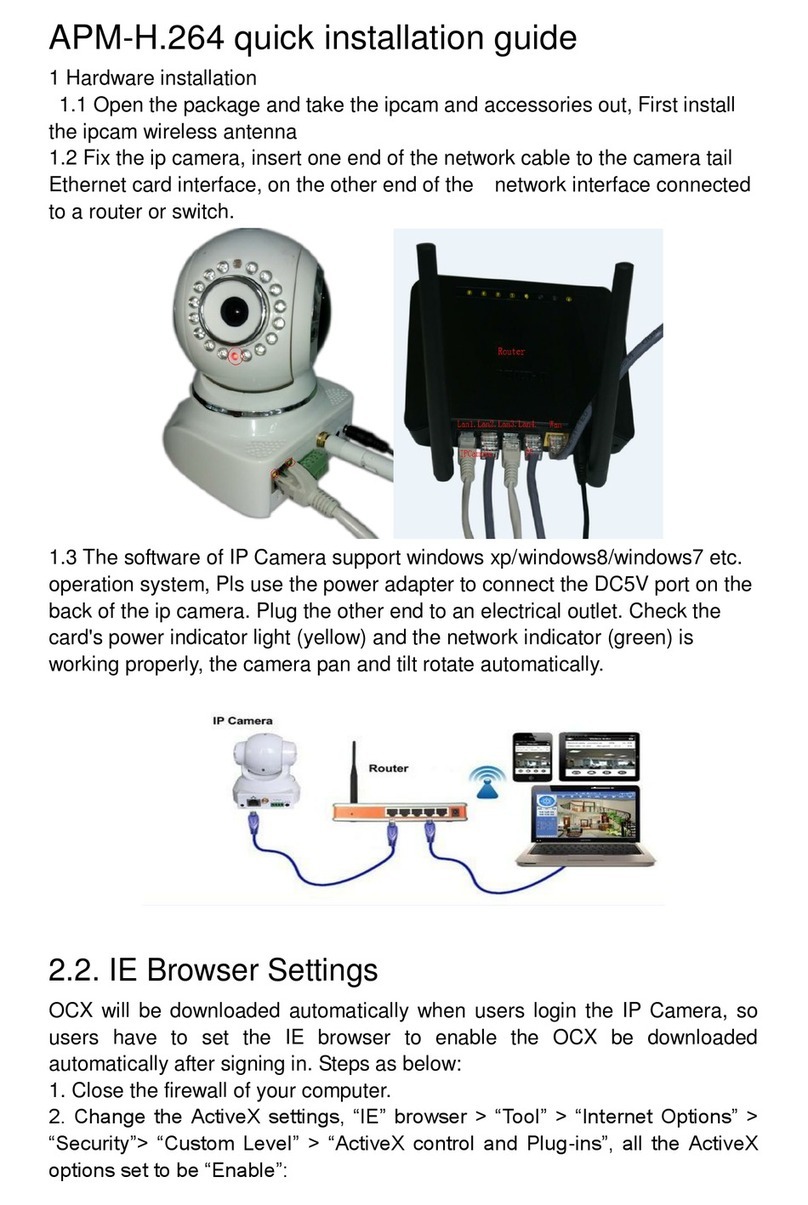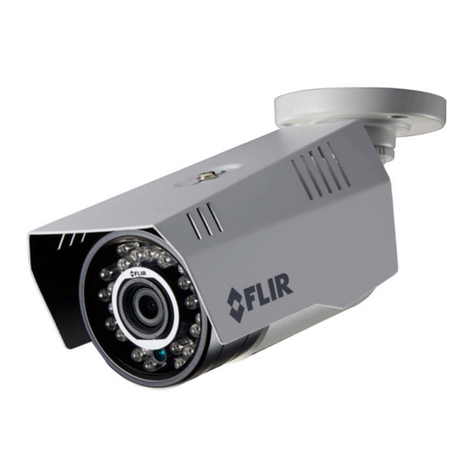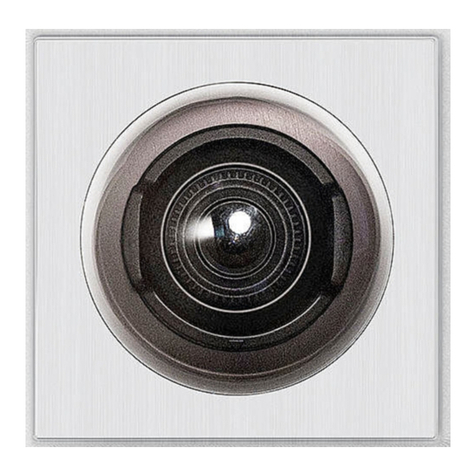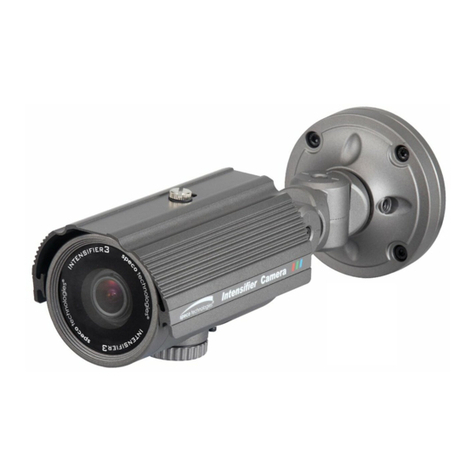Spektr-AT ANTISVID-2 User manual

OPTIC-ELECTRON DEVICE
«ANTISVID-2»
OPERATING MANUAL

2
CONTENT
List of used abbreviations
3
1
DESCRIPTION AND PRINCIPLE OF OPERATION
4
1.1
Area of application
4
1.2
Technical parameters
4
1.3
Delivery set
5
1.4
Principal of operation
6
1.5
Marking
8
1.6
Packing
8
2
PROPER USE
8
2.1
Operational restrictions
8
2.2
Preparation for use
9
2.3
Use of the Device
10
2.4
Safety measures
11
3
MAINTENANCE SERVICE AND REPAIR
11
4
TRANSPORTATION AND STORAGE
11
5
GUARANTEES
12

3
LIST OF USED ABBREVIATIONS
OM Operating manual
VWS Video –watching system
HVSS Hidden video surveillance systems
LCD Liquid Crystal Display (monitor)
LED Light-Emitting Diode
ChU Charging unit
ChG Charging
DIS Discharging

4
Operating manual (OM) is intended for providing correct and safe operation of device
ANTISVID-2 (further in the text “device” or “instrument”) and for carrying out the evaluation of the
Instrument technical condition with the goal to make decision whether it should be sent for repair.
1. DESCRIPTION AND PRINCIPLE OF OPERATION
1.1. Area of application
1.1.1. The Device is designed for search and visualization of location of hidden video surveillance
portable systems (HVSS), camouflaged in interior objects and house-hold products, as well as of
operating or disconnected small-sized video cameras at various lighting conditions, including both in
full darkness and against bright light sources hidden behind glass, also those toned by plexiglas and
semi-transparent mirrors, and operated in closed premises in temperate climate conditions.
1.2. Technical characteristics
1.2.1.
Action range:
Min.
0,5 m
Max.
30 m
1.2.2.
Minimal distance of pupil detection, diameter
1 mm
1.2.3.
Horizontal and vertical angle of the receiving channel
8х6
1.2.4.
Video signal
PAL
1.2.5.
Device power supply:
AC/DC converter
12 W/3 А
4 Li-ion rechargeable battery of type 18650
(when working without a monitor)
3,7 W/3100 mAh
1.2.6.
Power consumption:
Without monitor
5 V
With monitor (power supply from the network adapter)
15 V
1.2.7.
Operating continuous time from power supply
8 h
1.2.8.
Dimensions, not more than:
Device without monitor
230х170х80 mm
Package
470х370х180 mm
1.2.9.
Weight, not more than:
Device without monitor
1.4 kg
1.2.10.
Operating temperature range
- 10°С… +40С

5
1.3. Delivery set
1.3.1. The delivery set (see Table 1) comprises:
Device “ANTISVID-2”
1
Li-ion rechargeable battery of type 18650
4
Battery container for batteries
1
AC/DC converter
1
AC/DC converter cable
1
Video cable
1
Charging unit
1
Power supply cable for charging unit
1
Monitor 7”color LCD (with attachment point) *
1
Cleaning tissue
1
Operating Manual
1
Package (case with insertion for package)
1
Items with * are upon request. Delivery set with a monitor –ANTISVID-2M, delivery set
without a monitor –ANTISVID-2.
The set is supplied with uncharged battery.
The battery (accumulator), AC/DC converter, charging unit and monitor can be substitute
for similar or with better technical characteristics.
The operation of external LCD-monitor is possible only when instrument is used in combi-
nation with AC/DC converter (external power supply unit).
While operating from the battery, LCD-monitor does not function.
Figure 1 shows the appearance of the product in the package with the monitor:
Fig. 1 Appearance of the product in the package with the monitor.
ANTISVID-2
Monitor 7”
Video cable
Tissue
Power supply cable for
charging unit
Charging unit
Battery cassette
Packing
AC/DC converter *
Rechargeable battery

6
*The AC/DC converter is stowed in the tool tray under the device Antisvid-2
Figure 2 shows the complete set of the product with the monitor:
Fig. 1 Set of the product in the package with the monitor.
1.4. Principal of operation.
1.4.1. Basic operation principle is “cat’s eye” effect (light-reflecting effect) lying in ability of
optical objects to reflect probing radiation in opposite direction with angle close to its incidence angle.
Semi-conducting laser IR diode (transmitting channel) serves as the source of probing radiation. The
reflected signal is registered by sensitive video camera on the basis of interleave transfer sensor 1/3//
(reception channel). The Device is developed on non-parallax optical scheme, i.e. with optical
alignment of reception and transmitting channels.
Transmitting channel generates laser beam in the form of vertically located rectangular raster.
Ability of illuminating raster can be changed if necessary, depending on distance to surveillance
object, for reception of the best image contrast. Image focusing on sharpness is carried out by
adjustment of video camera objective.
Visualization of surveillance objects is carried out through built in pseudo-binocular. In order to
receive better images the body of the Device is equipped with fastening and connection for external
Power supply cable for
charging unit
Charging unit
Battery cassette
AC/DC converter cable
Video cable
ANTISVID-2
Tissue
Monitor 7”
Rechargeable battery
AC/DC converter

7
7”LCD-monitor (delivered on request of the Customer), and also with external CCIR standard video
signal socket for connection with external monitor, video recorder or computer (with video input card).
The device has the following adjustments: laser radiation power adjustment, adjustment on
sharpness of receiving TV-camera, diopter fine tuning of pseudo-binocular to operator’s eyesight.
Lower part of the Device is provided for 1/4" screw thread for tripod installation.
Work with the Device means the scanning of supposing HVSS locations and detection of bright
shone points (glares) on the screen of monitor or view-finder within illuminating raster zone. If these
points disappear out of raster zone or by switching off of laser, they should be considered as potential
HVSS locations. Any glares which do not disappear after switching off of laser are not considered as
HVSS locations.
1.4.2. Appearance of the device is shown in Figure 3.
Fig. 3. «ANTISVID-2» controls
Laser switch button
Device switch button
Display socket –for
connecting of external
LCD-monitor
AC/DC converter
socket
External LCD-monitor
attaching point
Battery compartment screw
cap
Adjustment of laser
raster power
Video out socket
Adjusting the sharpness
Binocular diopter tuning
to operator’s eyesight

8
1.4.4. Image sample received on ANTISVID-2 is shown in Figure 4.
Fig. 4. Image sample received on.
1.5. Marking:
1.5.1. Marking is put on device’s body and contains:
short name of the manufacturer;
the name of the device;
individual factory number;
1.6. Packing:
1.6.1. Components of the device and operation manual are packed into standard packing
(plastic tight shock-resistant, dust-and-waterproof case).
1.6.2. Under additional agreement with the customer, if necessary, the Device in standard packing can
be packed into shipping container (plywood box).
2. PROPER USE
2.1. Operational restrictions.
2.1.1. LCD-monitor is not intended for operation with power supply from standard battery. For its
connection it is necessary to provide power supply from mains power unit. During operation from
battery LCD-monitor does not function.
2.1.2. Before installation of battery into combined (receiving and transmitting) block it is necessary to
be convinced that the Device is switched off.
2.1.3. It is prohibited to open the Device (to break guarantee seal) and to work with battery
compartment cover opened.
2.1.4. It is not recommended to use power supplies not included in delivery set as it can lead to
breakdown of the Device.
Battery discharging
indicator
Laser raster location
Laser raster power
indicator
Detecting object
Laser raster

9
2.1.5. It is not recommended to use other charging devices than those included into delivery set for
charging of standard battery as it can lead to its insufficient charge or breakdown.
2.1.6. It is prohibited to close battery leads as that can lead to its breakdown.
2.1.7. Do not store the battery at temperature above 60ºС, for example in a car exposing to direct
sunlight.
2.1.8. In case of work at lowered temperatures it is recommended to store the battery in warm places
for maintenance of its capacity, for example in a pocket, and insert it into the Device just before the
use.
2.1.9. It is recommended to charge the battery at ambient temperature from 10ºC to 30ºС.
2.1.10. It is prohibited to switch on charging device in the street on rainy weather or at high humidity.
2.1.11. At work and carrying of the Device it is prohibited to touch its objective and laser filter or
otherwise contaminate them as it can essentially worsen functionality of the Device. If any
contamination occurred it is necessary to wipe output laser filter and output objective optics
carefully.
2.2 Preparation for use.
2.2.1. For work with external LCD-monitor from 220 B:
Take out the device, AC/DC converter and LCD-monitor from standard packing;
Connect AC/DC converter to the Device inserting AC/DC converter plug into
Fix LCD-monitor on the Device inserting its fitting into the slide on Device’s body and
fastening by the screw;
Connect LCD-monitor to "Monitor" socket on Device’s body;
Insert AC/DC converter plug into power grid socket;
Switch on the monitor by pressing "POWER" button on the monitor.
2.2.2. For work from storage battery (SB):
Take out the Device and SB from standard packing;
If SB is not charged, it is necessary to charge it;
Place SB into battery compartment of the Device, unscrewing compartment screw and
removing its cover beforehand;
Close the battery compartment cover and screw up the fixing screw.
2.2.3. For SB charging with use of charging unit it is necessary to do the following:
Unscrew the battery compartment screw and remove the compartment cover;
Take out the storage battery (SB) from the Device;
Fix the storage battery in charging unit (ChU). For this purpose place the battery strictly
horizontally into contact platform cavity so that the symbol «◄» on the battery was directed to
two contact plugs. Thus two ChU contact plugs should contact corresponding sockets on the
battery. Then move the battery strictly horizontally to the arrow direction «◄» up to the stop so
that ChU contact plugs should safely join the sockets on the battery;
Connect adapter plug to ChU socket;
Connect the adapter to power grid;
On ChU display will be highlighted: signs « TIME OF CHG », «infoLITHIUM» and «FULL».
To the right from the sign « TIME OF CHG » figures are located which indicate charging time.
Inside the battery sign four dark horizontal strips are located which lighting also roughly shows
charge level;

10
After connection to power grid of the adapter with connected ChU and battery, charging
process starts. At the same time strips in the battery sign start blinking. Charging time keeping
starts;
On reaching full charge strip in the battery sign stop blinking. It means that the battery is
completely charged.
Fig.5 Cassette with installed batteries
Fig.6 Batteries are removed from the cassette
2.2.4. Recommendations on battery charging.
2.2.4.1. For charging of lithium-ionic batteries the following rules are to be taken into account:
It is not required to discharge the battery before charging, as presence of battery residual charge does
not affect its nominal capacity;
Recommended ambient temperature at charging should be from 10ºСto 30ºС;
Battery charging is to be carried out on flat surface without vibration;
During charging ChU can heat up a little. It is normal;
If completely charged is placed in ChU, the sign “100%” appears in the right lower corner of the
display.
2.3. Use of the Device.
2.3.1. For work with the Device the following is necessary:
To switch on the Device, holding the button «ON/OFF» pressed for about 2 seconds;
Direct the output opening of the Device on controllable object;
Carry out binocular diopter tuning to operator’s eyesight if necessary,rotating the adjusting
ring of each eyeglass. Maximally sharp image of SB charge indicator should be achieved;
Rotate the ring of receiving TV-camera to achieve maximally sharp image as much on the
monitor or binocular;
Press and release button "Laser" once.At guidance of the Device on walls or floor vertically
located rectangular raster of laser lighting should appear in the centre of the observable image;
Adjust, if necessary,laser raster power depending on distance to observable objects by rotating
of laser power adjusting knob. On 1 meter distance the power should be minimal, on 10 m and
more –maximal. Thus it is necessary to achieve the best contrast image in raster zone. Interior
elements in raster zone should be well observed. It is necessary to consider, that raster contours
can be unobservable at high light exposure or on big distances (more than 10 meters). It is
admissible and practically does not influence probability of VWS detection.
2.3.2. Switching off of the Device is to be carried out in reverse order.

11
2.4. Safety measures:
Attention! When the Device is switched on, it is necessary to control that the laser beam
does not hit operator’s eyes or other persons’ eyes.
2.4.2. While operating with charging device it is necessary to observe electric safety rules for non-
electro-technical personnel of group I.
3. MAINTENANCE SERVICE AND REPAIR
3.1. It is not required any special personnel training for maintenance of the Device.
3.2. At contamination of output opening of the Device and view-finder lens they should be wiped by
clean napkin made of natural or micro fibrous chamois and intended for cleaning of optical parts (for
example eyeglasses).
3.3. It is not required to use technical spirit at carrying out of maintenance works.
3.4. Current repairs are carried out in compliance with Table 2.
Table 2
Consequences of breakdowns
and damages
Possible causes
Instructions on elimination of
consequences of breakdowns and
damages
After switching on of the De-
vice operating from the battery
there is no image in the view-
finder.
No contact between spring
clamps and battery outlets.
The battery is discharged.
The battery is out of order.
Clean contacts of a dirt and oxides,
try to insert the battery once again,
having turned the spring clamps.
Charge the battery.
Replace the battery.
Continuous interfering glares
and stains are observed during
operation of the Device.
Outlet opening is contami-
nated.
Clean the outlet opening with clean
cloth made of natural or micro fi-
brous chamois.
Battery symbols on the display
of charging device start blink-
ing, the display shines dimly
The battery is incorrectly
inserted into ChU. There is
no proper contact with ChU.
Insert the battery into ChU properly.
Note: If the measures specified in the above table do not allow recovering of the Device, it is
necessary to send it to manufacturer for repair.
4. TRANSPORTATION AND STORAGE
4.1. The Device is transported in transport container by cargo and passenger transport means at
ambient temperature from -30Сto 50Сand relative humidity till up 95 % at 25Сand under
condition of protection against direct exposure to atmospheric precipitation.
4.2. After transportation and before operation it is necessary to keep the Device at normal climatic
conditions for not less than 12 hours.
4.3. It is recommended to take out the battery from the Device.
4.4. The Device should be stored in standard packing, laid on racks in hard-wall heated storehouse at
air temperature from 5Сto 40Сand relative humidity till up 80 % at 25С. There should not be any
current-carrying dust, acid and alkalis steams and gases causing corrosion and destroying isolation.
4.5. While storing the battery should be taken out from the Device and stored separately in special
compartment of standard packing.

12
4.6. Before long-term storage of the battery in non-operating condition it is necessary to charge it
completely once a year and then discharge completely. It is necessary to repeat such
charging/discharging once a year in order to save its operational capability.
5. MANUFACTURER'S GUARANTEES.
5.1. Manufacturer guarantees conformity of the Device product to technical requirements within 12
months from the moment of its putting into service.
5.2. The warranty period of storage is 6 months.
5.3. The service life (including replacement of the battery if necessary) is 5 years.
5.4. The manufacturer's guarantees are valid if the integrity of the warranty seal is preserved and there
are no external mechanical damages.
Table of contents
